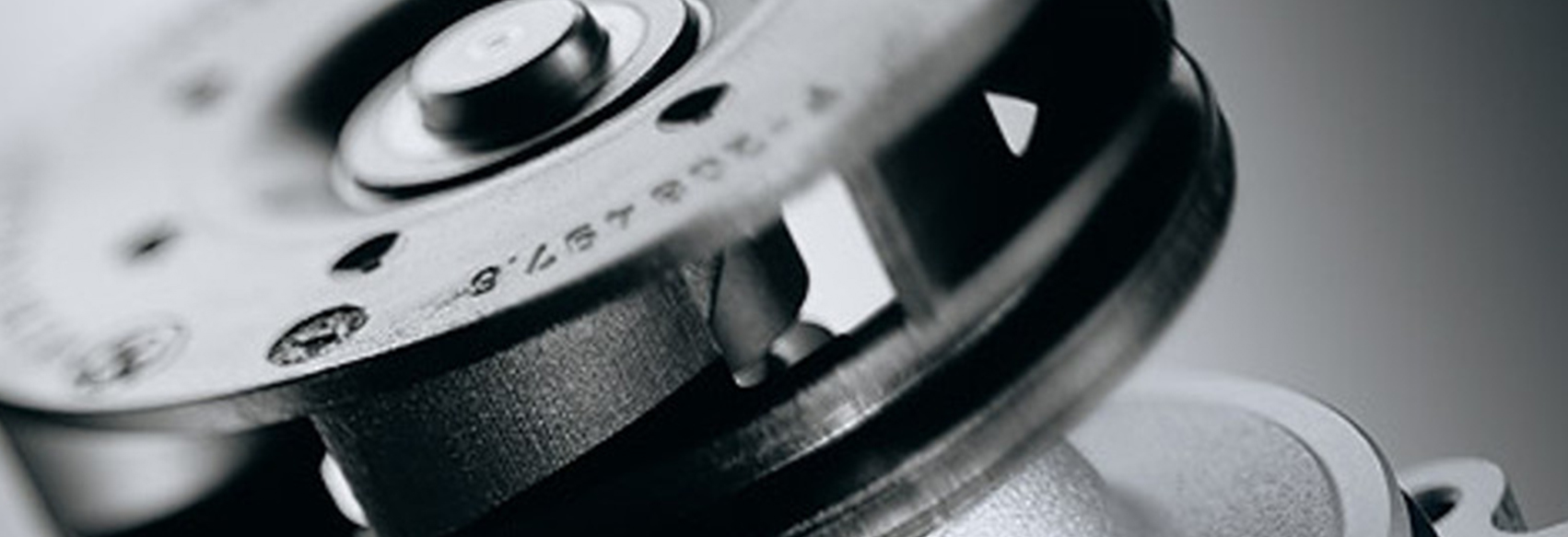What should be noted when adapting the zero point positioning system to machine tools?
When adapting the zero point positioning system to machine tools, special attention should be paid to installation accuracy, gas source stability, cleaning and maintenance, and safe operation to ensure long-term stable operation of the system.
The following are key precautions:
|Precautions | Specific Requirements and Instructions|
|Installation foundation accuracy | The flatness error of the installation substrate should be controlled within ± 0.01mm, and a dial gauge should be used to calibrate the workbench to ensure levelness. The pre tightening force of the bolts should be uniform (such as a torque of 25Nm for M8 bolts) to avoid positioning deviation caused by tilting. |
|Gas source configuration | Pneumatic drive needs to be stable at rated pressure (such as LQTMJ-5 model requiring 0.55MPa), and equipped with filters and pressure regulating valves. During processing, it is necessary to rely on mechanical locking to cut off the gas supply and avoid continuous gas consumption. |
|Cleaning and impurity prevention | Before clamping, it is necessary to clean the contact surface, rivets, and guide rails of the locator with compressed air to prevent iron filings or oil stains from affecting accuracy. The system comes with an automatic chip removal function, which can spray airflow to remove impurities. |
|Load and Safety | The processing load must be strictly below the rated clamping force (such as LQTMJ-5 clamping force of 5KN), and overloading may cause the pull pin to be pulled out. Suggest adding safety equipment such as detection units and tension sensors. |
|Environmental adaptability | Suitable for common machining environments such as turning, milling, and grinding. However, if there are abrasive dust, corrosive liquids, or temperatures exceeding 80 ℃, it is necessary to contact the manufacturer in advance for approval. |
|Components and Maintenance | Only use original accessories (such as rivets and seals), regularly inspect worn parts (recommended to replace every 100000 cycles). Operators need to receive training on functional principles, clamping force calculation, etc. |
Brief demonstration of operation process:
Install the base plate: fix it on the machine tool worktable, verify the flatness, and evenly tighten the bolts.
Connect the air circuit: Ensure stable air pressure and correct connection between the intake and exhaust ports.
Clamping workpieces: Place workpieces or trays with positioning rivets into the positioning unit, and the system will automatically lock them after the gas is cut off.
Regular maintenance: Check air tightness weekly and verify clamping force and accuracy monthly.
By strictly following the above points, the compatibility between the zero positioning system and the machine tool can be effectively improved, ensuring machining accuracy and efficiency. If encountering special machine tool interfaces or complex working conditions, it is recommended to directly contact technical support for customized solutions.

- How is a table mounted zero locator calibrated for optimal performance?
- What are the common failure modes of a thread built-in mounting zero positioner?
- How can zero point positioning system manufacturers be combined with CNC machining centers to adapt to heavy-duty workpieces?
- What is the recommended installation procedure to ensure built-in type no leakage effectiveness?
-
What are the common failure modes of a thread built-in mounting zero positioner?The thread built-in mounting zero positioner is a crucial component in modern industrial machinery, precision instruments, and automation systems. Its primary function is to maintain accurate alignmen...Read More
-
How can zero point positioning system manufacturers be combined with CNC machining centers to adapt to heavy-duty workpieces?When the zero point positioning system is combined with a CNC machining center to adapt to heavy workpieces, stable machining needs to be achieved through high load-bearing design, precision positioni...Read More
-
What is the recommended installation procedure to ensure built-in type no leakage effectiveness?Ensuring the effectiveness of built-in type no leakage is critical in maintaining the integrity and safety of fluid and gas systems across various industrial and residential applications. Improper ins...Read More
-
What is the role of zero point positioning system in modern intelligent production and processing?The zero point positioning system plays a crucial role in modern intelligent manufacturing. Through core capabilities such as high-precision positioning, rapid replacement, and automated integration, ...Read More
-
What are the differences between slip-on and weld-neck flange type no leakage?Flange connections play a critical role in industrial piping systems, ensuring the safe and reliable transfer of fluids and gases. Among the various types of flanges available, flange type no leakage ...Read More

 English
English русский
русский Español
Español 简体中文
简体中文